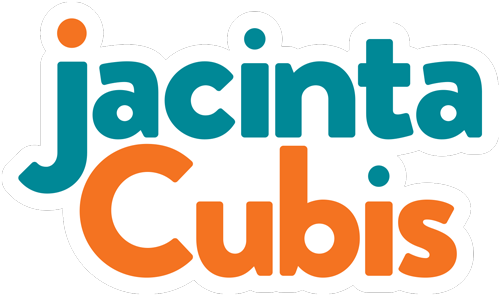Three ways to guide groups
Last time I talked about the sort of experience that guides can create for groups. Be they a kayak guide, like Daniel on Gili Trawangan in Indonesia, or a facilitator of any gathering.
If you lead meetings or workshops, how do you create a productive experience for a group so they can get results? How do we free some people up to ‘run ahead’, while simultaneously giving a little more support to others who may need it?
I think it means being able to move between three different modes with ease. Meeting leaders and facilitators are at their best when they show people the way, help them find their own way and get out of the way. Often at the same time.
It looks likes the picture at the top of this blog.
Show the way
Guides show the way rather than direct like the traffic police. We open up pathways for groups to explore safely and with curiosity. To respond to our questions and the problems before them. We are never far from the group in this mode. Our groups are likely to be doing some reflective thinking on their own, talking in pairs and brainstorming and reacting to each other’s ideas. We may stay in this mode, for example, if the purpose is to hear responses to a product, program, policy or idea.
Find the way
Once the group has connected and is responding to questions and prompts, the leader of any meeting can start to ask questions that help groups come up with their own suggestions and ideas. Our questions are open, not closed. Strategic, not operational.
Groups consider and contribute in response to our questions, prompts and provocations, as well as each other’s. There is more dialogue and debate in this mode. People might work longer in small groups for deeper discussions. In this mode, facilitators step back further, so that people start to find their own way. This is essential if the group is aiming to be creative and generate ideas.
Get out of the way
As trust builds in the group, and they test out their contributions with each other, the meeting leader can step back even further and get out of the way.
When we get out of the way, we empower groups to create their own solutions to problems. It looks easy but this is often the trickiest mode for any leader of a meeting or workshop. It’s like when parents are helping their kids learn how to ride bike. We must step back and let them pedal without us – wobbling and falling, or wobbling and staying steady, gaining confidence as they pedal on. It can be uncomfortable for some people in the group too.
We might hear some say, ‘What are we supposed to do?’ after we’ve given them instructions for an activity. A little discomfort for both the facilitator and the group is a sign that we are getting out of the way. In this mode, the group is trying to reach consensus, make a decision or recommendations.
Which one when?
We’re at our best facilitating when we move between all three. When we guide, ask and empower groups, to respond, contribute and create gold together.
As meeting leaders, we can move from guide, to ask, to empower, and back again, in one session or over several. No approach is better than the other. It depends on the purpose. Is it to:
🔸 Elicit information to make decisions that stick?
🔸 Generate ideas for strategy that can be implemented?
🔸 Build readiness for change?
🔸 Develop strategy that wins commitment?
Or something else? What would you add - what’s your gold? I’ve found that it differs for every client and every group.
Where do you sit?
Where do you feel most comfortable? How about your leadership group? Your team leaders? Your team?
Where might you – or they - need to push yourself and experiment? Step up or step back? Practise?
I’d love to hear. Comment here or drop me a note jacinta@jacintacubis.com.
If you’d rather chat, book a 15 minute phone call with me HERE.
